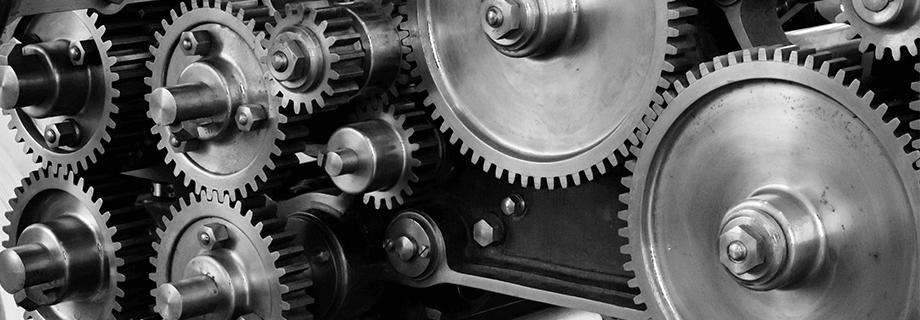Production Line Cleaning Part II

In Part I of my blog series, we talked about cleaning the handling equipment prior to the extruder. That part of the line sees mostly dry cool product and is easier to clean than the post extruded side of the line. Since heat and moisture are present in the post extruded side, the chances of oxidation are greatly increased. Contamination anywhere in this part of the line can have a negative impact all the way to storage, which affects finished product quality, shelf life, and can even cause the loss of product not to mention customers. Because most extruded products start out hot and wet, they tend to stick to conveyors, elevators, dryers, coolers and ventilation systems. As in the last blog, we’ll proceed down the line from the extruder to storage cleaning.
To start, if a preconditioner is in use and production is down for more than twelve hours, it needs to be cleaned. In an earlier blog, I went into detail about cleaning the preconditioner.
To clean out your extruder, it should also be disassembled and cleaned at the same time, including the inlet chamber as this is where water is injected and where mold will start growing first. If an oil press is used in the line, the cage should be opened and cleaned if it is going to sit for longer than a week. All conveyors downstream from the extruder should be cleaned any time the extruder is cleaned or products are changed. An example would be switching from Full Fat Soy to ExPress® or fish feed to dog food.
The part of the line where coolers and dryers are located, in some cases, require cleaning every time the system is shut down. If a rotary cooler is being used, product can build up on the sides which can put stress on the main shaft and bearings reducing the service life of the cooler. In the case of a dryer, build up can reduce the efficiency of the dryer and presents a fire hazard.
This part of the line will always include at least one and, depending on the product, two, ventilation systems. These are used to remove moisture generated by the extrusion process and cool or dry the product before storage. Proper ventilation is essential to having a high quality finished product and ensures against post process oxidation which can ruin product in storage and in severe cases, poses a fire hazard.
Note – finished storage should be water tight but vented. Ventilation systems are finely tuned to the correct CFM to cool or dry the finished product without pulling any of the product through the system itself. If the ventilation system is dirty it will affect the efficiency and directly influence the quality of the finished product. One example would be in all types of soy extrusion. If the extruded soy is not properly cooled it will lead to increased urease and trypsin inhibitor levels in the finished products. Improper moisture removal will also reduce the oil yield in an ExPress® system.
Any cleaning should include the application of a good quality disinfectant and allowed to dry. Proper cleaning should be included as part of quality control and maintenance plan. As always, any customer observations are welcome and anybody with questions is encouraged to contact us here at Insta-Pro. There’s no such thing as a dumb question and we’re all glad to answer questions at any time. Contact us here for more advice on cleaning your extrusion lines.



